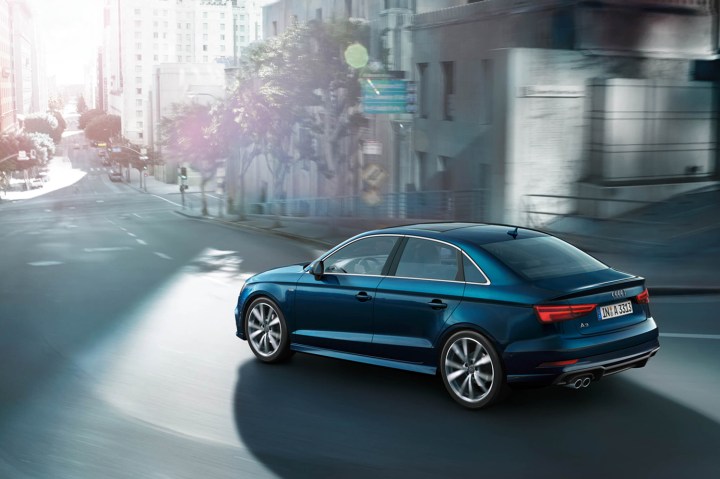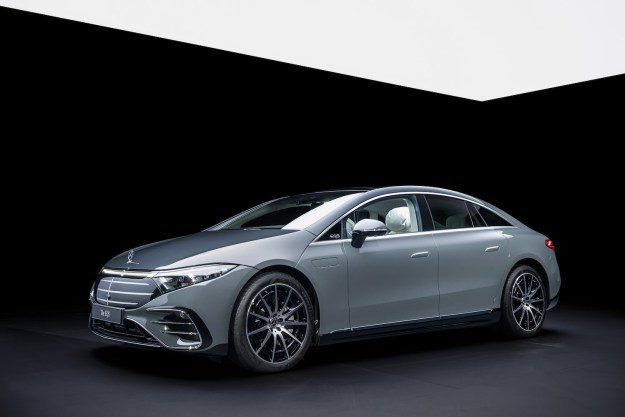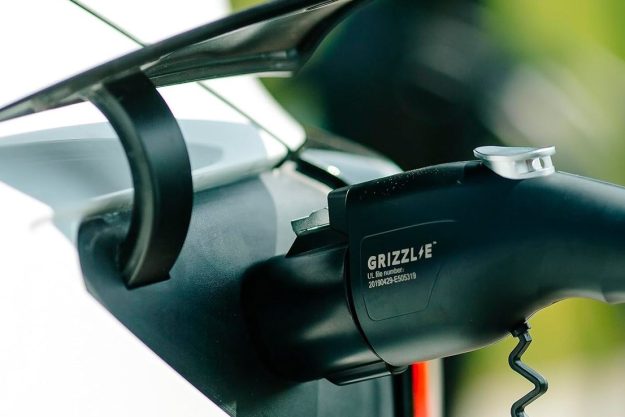
Audi has announced an arrangement with Irish company Cubic Telecom to outfit select Audi models with permanent SIM cards, according to Autocar. The models included in the program are the Audi A3, A4, A5, Q2, and Q7. The arrangement is available now for Audi owners in Germany. Audi owners in the U.K. will be the next to be offered the plan, followed by the rest of Europe. The plan includes unlimited data for three years through the Audi Connect system for a flat rate. Customers can travel throughout Germany and most of Europe with no roaming charges.
The second-generation Audi Connect technology includes Google Earth and Street View navigation, travel, traffic, and parking information, access to Twitter and email, and smartphone calendars. Pricing for the SIM card and wireless connectivity has not been announced, but the unlimited data plan covers those base services. There will also be an upgrade package for the SIM card to act as a mobile hot spot for up to eight connected devices.
Current U.K. Audi customers with Audi Connect systems use their own SIM cards and have three months of free data. According to Autocar ,the free data is being extended through the end of 2016, after which customers will be able to choose from various paid subscription plans. When the full program is extended to the U.K., customers will have the option of using their own SIM cards and connectivity plans or going with the Cubic Telecom card and data plan.




